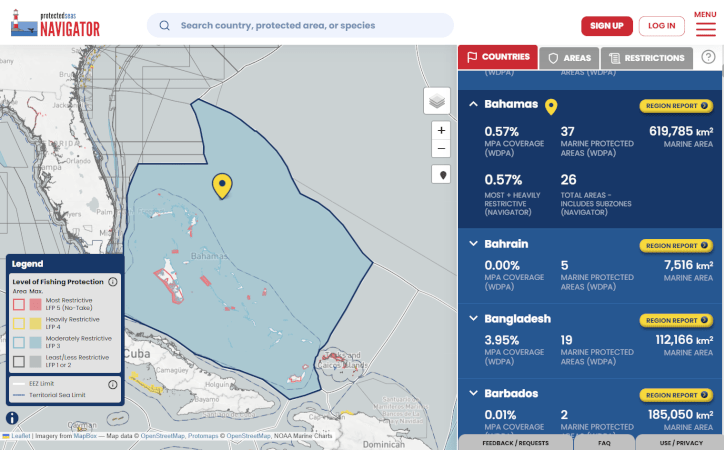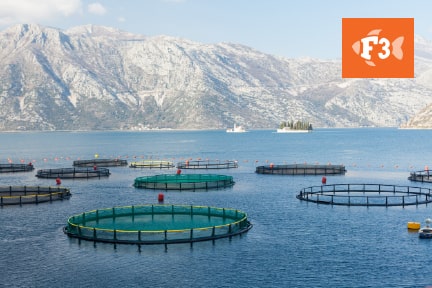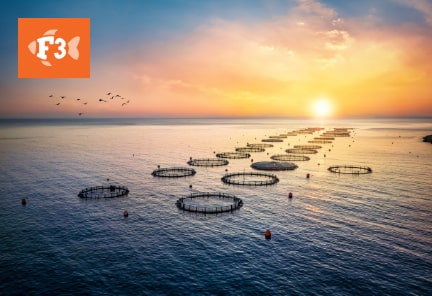ADDRESSING OVERFISHING
One of the most immediate sources of the destruction of aquatic life and the degradation of ocean habitats is overfishing. Over 85% of the worlds’ stocks are overfished. Anthrocean supports many initiatives to address this problem.
Navigator
ProtectedSeas
Navigator is an interactive global map that visualizes marine managed and protected areas, showing what activities are allowed or restricted in each region. It helps policymakers, researchers, and the public understand and compare ocean conservation measures worldwide. Marine protected areas can result in an 8-14 fold increase in fish populations if they highly restrict fishing and other human uses and enabling conditions, including including strong governance, local support, adequate enforcement, and sustainable funding are in place.


Marine Monitor (M2)
ProtectedSeas
Overfishing can be prevented if vessel activity can be monitored 24×7. ProtectedSeas’ Marine Monitor (M2) is an autonomous, shore-based monitoring system that uses X-band marine radar, optical cameras and AIS data to continuously track vessel movements out to about five nautical miles in near-shore waters. Its primary purpose is to enhance marine conservation and enforcement efforts by providing real-time alerts and historical traffic data in marine protected areas (MPAs) and other sensitive coastal regions, especially filling in gaps where traditional vessel tracking systems like AIS miss small or untracked boats.
Feed Innovation Network (FIN)
Future of Fish Feed (F3)
The Feed Innovation Network (FIN), a program of Future of Fish Feed (F3), serves as a collaborative platform connecting ingredient suppliers, feed manufacturers, fish farmers, researchers and policymakers to accelerate the development and adoption of sustainable, fish-free aquaculture feed ingredients. It provides open-source experimental protocols, lists of testing facilities, ingredient evaluation workflows and a database of new feed formulas—all designed to reduce the aquaculture industry’s reliance on wild-caught fishmeal and fish oil.


F3 Challenges
Future of Fish Feed (F3)
The main challenge addressed by F3 – Future of Fish Feed is that many aquaculture feeds depend heavily on wild-caught marine ingredients (like fishmeal, fish oil and krill), which are increasingly unsustainable and create supply-chain vulnerability.
To tackle this, F3 organizes innovation competitions and supports development of novel ingredients and feed formulations so that carnivorous farmed fish can be raised without relying on wild marine-animal inputs — thereby making seafood production more resilient and environmentally responsible.
High Seas Protection
NRDC & IUCN
The most threatened species are wandering the high seas and do not necessarily inhabit a single location. Since COP21 has enabled negotiations of the oceans, we are supporting international treaty negotiations through the NRDC and the IUCN to enhance High Seas Protections. As one example of a threatened species, we assisted with website development to display the path of great white sharks in the High Seas in time for a voyage to the Great White Shark Cafe.
Emerging Technologies for Monitoring
Flightwave.aero
To prevent overfishing, low-cost, longer endurance aerial surveillance is needed. Flightwave.aero is working with M2 for waterproof maritime applications, and can fly for 2 hours.
